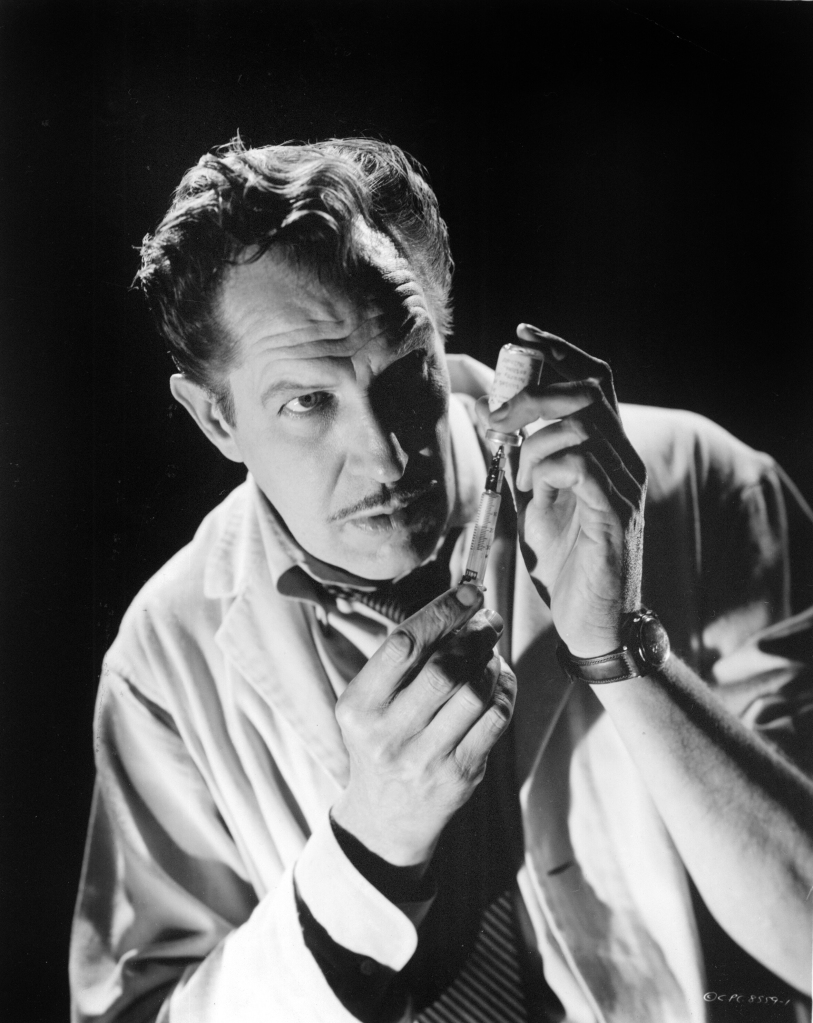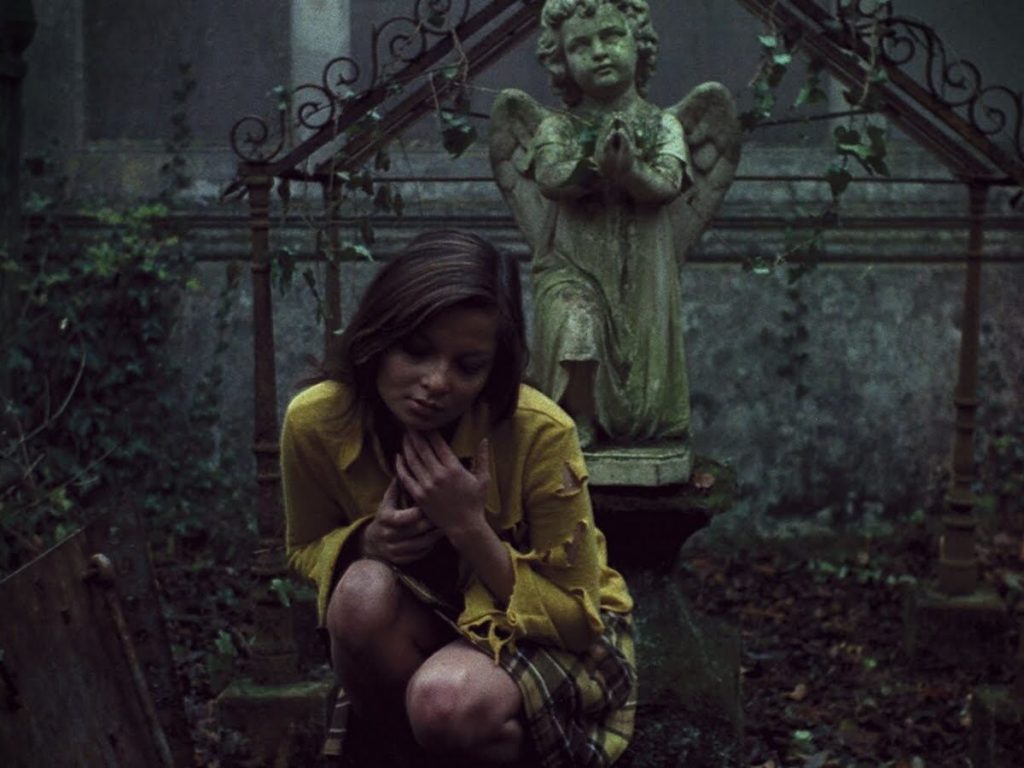
Heatseeker (1995) brings together two current interests of mine when it comes to movies. It’s a mid-1990s cyberpunk movie, something I’ve been searching for, ever since rewatching The Lawnmower Man earlier this year. And it’s directed by Albert Pyun, who passed away recently at the end of 2022 and left behind a back catalogue of direct-to-video action flicks. Set in the future, Heatseeker envisions a world where martial arts fighters upgrade their abilities with robotic enhancements, and corporations bankroll tournament competitors, the outcome of fights determining the company’s stock market value. All of this sounds more compelling than the film actually is, which is basically another Bloodsport knock-off with some William Gibson shit in there.
A champion all-human fighter named Chance O’Brien (Keith Cooke) is blackmailed into participating in a corporate mega-tournament where everyone else is a cyborg; the fighter’s wife and manager (Tina Coote) has been kidnapped by a duplicitous, power-hungry promoter (Norbert Weisser). The low budget is clear with reused shots and locations (for example, there’s a montage of the corporations walking into their VIP boxes for the tournament, and its basically the same room with the corporation’s sign swapped out for each shot). Apparently filmed on a tight shooting schedule with limited time for choreography, the fights were shot with multiple cameras, often favouring a distant view that leaves everything feeling a bit flat. The main cyberpunk edge is that whenever a fighter is injured or knocked out, they cut to a close-up of a knock-off T-800 robot puppet shorting out.
Still, I enjoyed Heatseeker enough and Pyun’s clear sense of style is evident despite the production’s limitations: spotlights are used in the fight scenes while boardroom meetings seem to be lit with ring-lights, so everything has a soft, bright white glow. The hero (Cooke) looks like a ripped Justin Long, DTV staple Gary Daniels is good quality as the blonde British cyborg with green eyes and a vocoder effect on his voice, and Pyun regular Weisser makes the most of his scenery chewing villain. 1990s fashions abound with baggy mustard or green shirts, and maroon suits. Also features Tim Thomerson (of Trancers), Thom Matthews (of Return To The Living Dead) and even a young role for stuntman Chad Stahski (future John Wick director). Great throbbing synth score by Anthony Riparetti that adds to the atmosphere. HD copy available to stream/download from Rarefilmm. This is not objectively good, but Pyunheads and video-era martial arts fans might get something out of it. Recommended to them.



